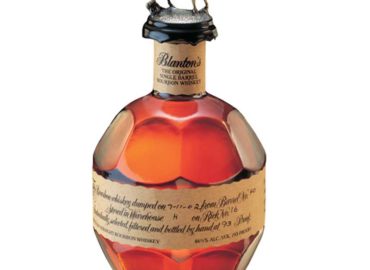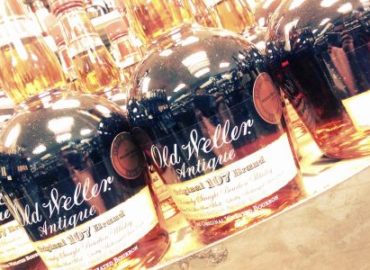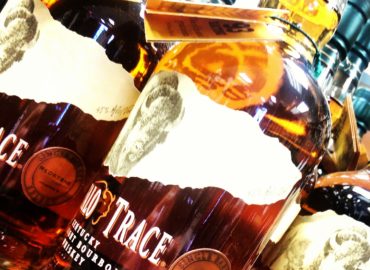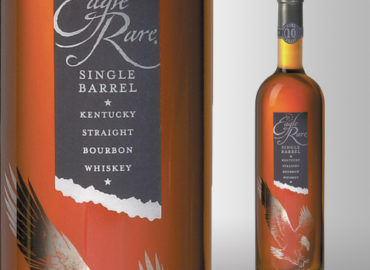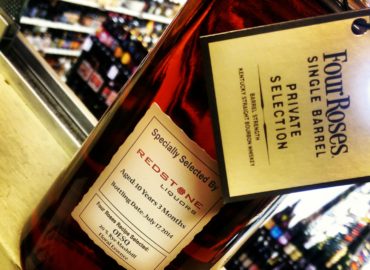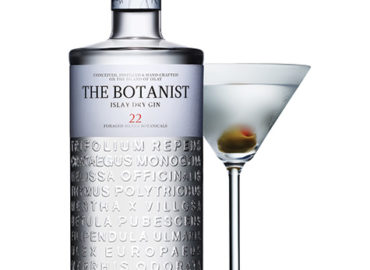Gin 101:

With Summer almost here we wanted to give a quick crash course on the different types of Gins that are available to you here at Redstone Liquors. Gin has come a long way in recent years and many of the “New American” Gins (not your typical Beefeater, Bombay & Tanqueray) have made way for a variety of expressions that make for some great creative new refreshing summer cocktails.
Gin is a light-bodied, liquor made of a mash of cereal grain, usually corn, rye, barleyand wheat that has few congeners. The main flavor and aroma notes are contributed by juniper berries. Other botanicals that are often used in gin include coriander, lemon and orange peels, fennel, cassia, anise, almond and angelica. Gin ranges between 80 and 94 proof and manufacturers cannot, by law, qualify their gin by age.
London Dry Gin:
London Dry is the benchmark of quality in the world of gin. The flowery and aromatic characteristics of this type of gin are a result of botanicals added during the 2nd or 3rd distillation. The vapors from these flavoring agents reach the alcohol as they pass through a specialized still with an attachment called a gin head. Dry gins are preferred for making Martinis.
Plymouth Gin:
Plymouth Gin is a clear, slightly fruity, full-bodied gin that is very aromatic. This style of gin originated in the port of Plymouth on the English Channel, but only one distillery, Plymouth, Coates & Co., has the right to produce Plymouth Gin now. A few cocktails like an Admiral Benbow and Douglas Fairbanks Cocktail specifically call for Plymouth Gin.
Old Tom Gin:
Old Tom Gin is a sweeter version of London Dry Gin. Simple syrup is used to distinguish this old style of gin from it’s contemporaries and many include notes of citrus. Old Tom was the original gin used for Tom Collins and the gin of choice in the 19th century. Not too long ago, Old Tom Gin was unavailable in the United States and could be found almost exclusively in the United Kingdom. In recent years, however, there have been a number of U.S. distilleries that have been producing this gin, which is ideal for mixing into the oldest of cocktails.
Genever:
Genever, or Schiedam gin, is the Dutch and Belgian version of gin, which predates and inspired all other gins. It was first distilled in the Middle Ages for medicinal purposes and was the original gin used in many of the classic American cocktails of the 19th Century.
This variety is distilled from malted grain mash similar to whiskey and tends to be lower proof (70-80 proof) than it’s English counterparts. Genever Gin is often aged in oak casks for 1-3 years and comes in two styles. Oude (old) Genever is the original style with a straw hue and is relatively sweet and aromatic, while Jonge (young) Genever has a drier palate and lighter body.
New American Gin:
The name “New American Gin” began to be used in the early 2000’s to describe a number of new gins that have pushed the boundaries of the definition of gin, primarily the dominance of juniper. In this era many American craft gin distillers released gins that had a flavor other than juniper as the dominant flavor and brought up the question of whether these brands would technically be called gin or a flavored vodka. The New American Gin monicker was adopted by the majority of the bartending community worldwide to distinguish these gins from more traditional gins.
Brands included in this style are: Hendrick’s Gin (cucumber-forward), G’Vine (grape-forward), Dry Fly, Aviation, and Sloans. These gins are produced with modern mixology in mind and have a great appeal to consumers who are not fond of a heavy pine in their gins.
Check our our expanded Gin List here.
*info furnished via About.com



